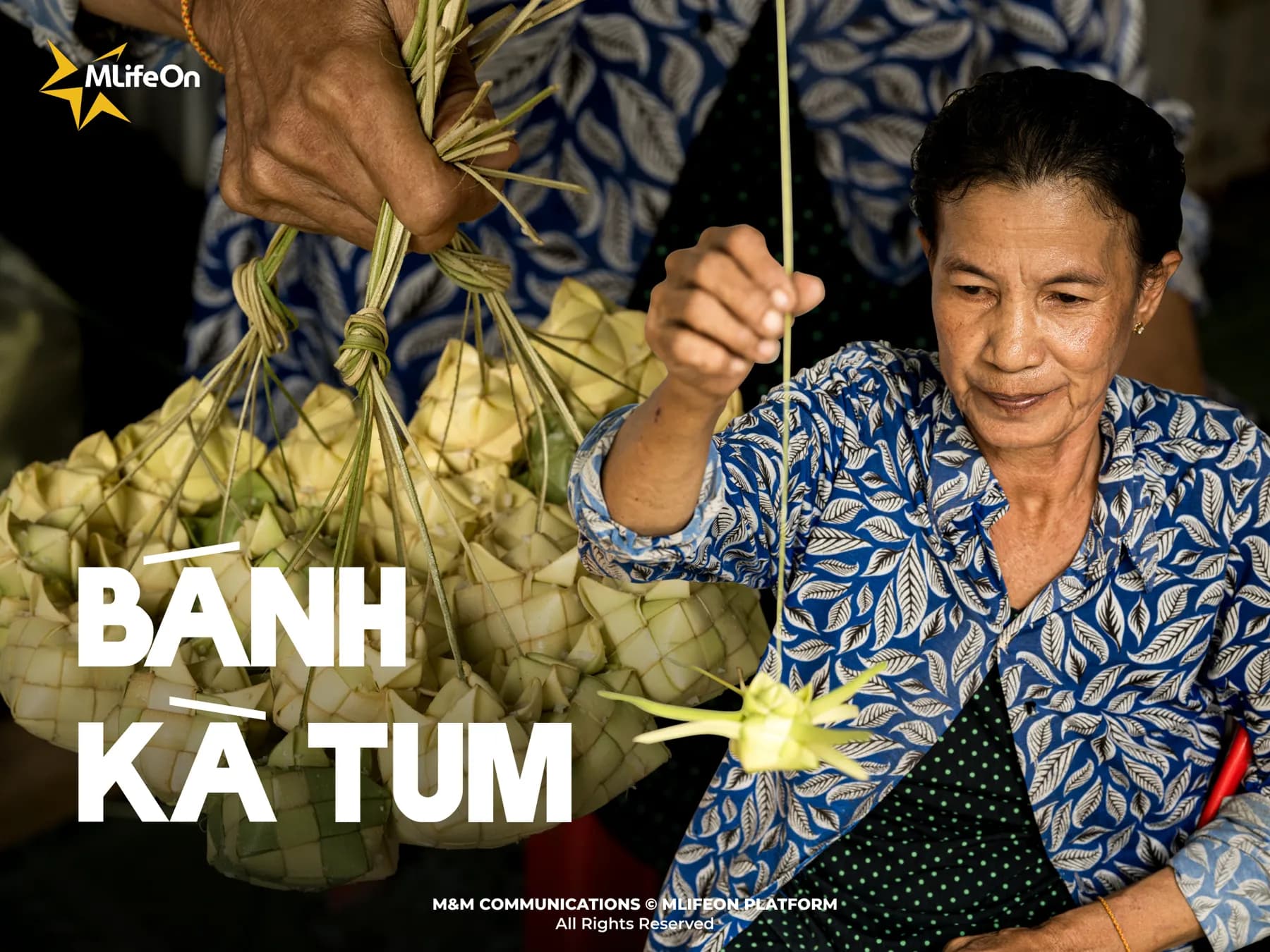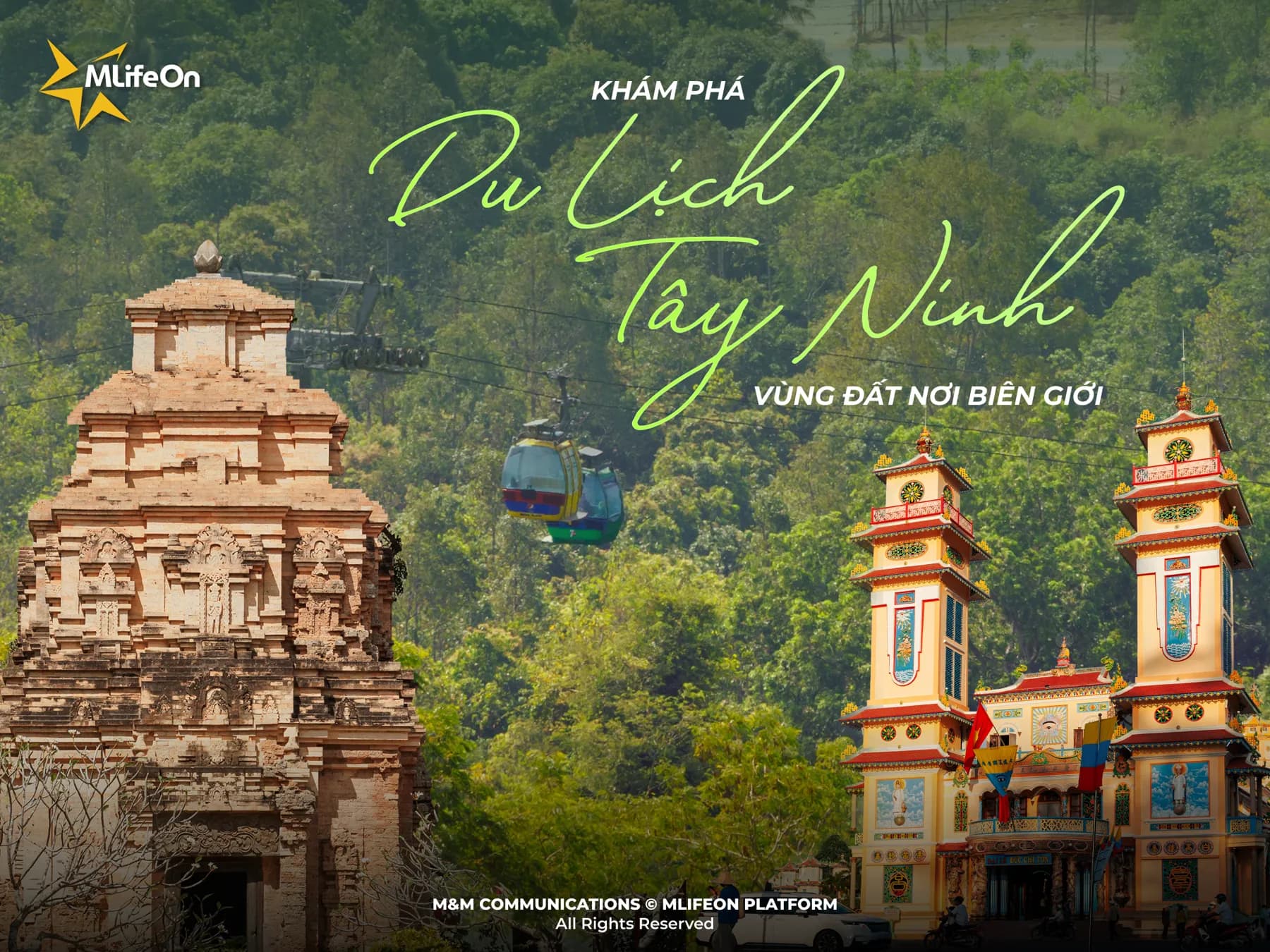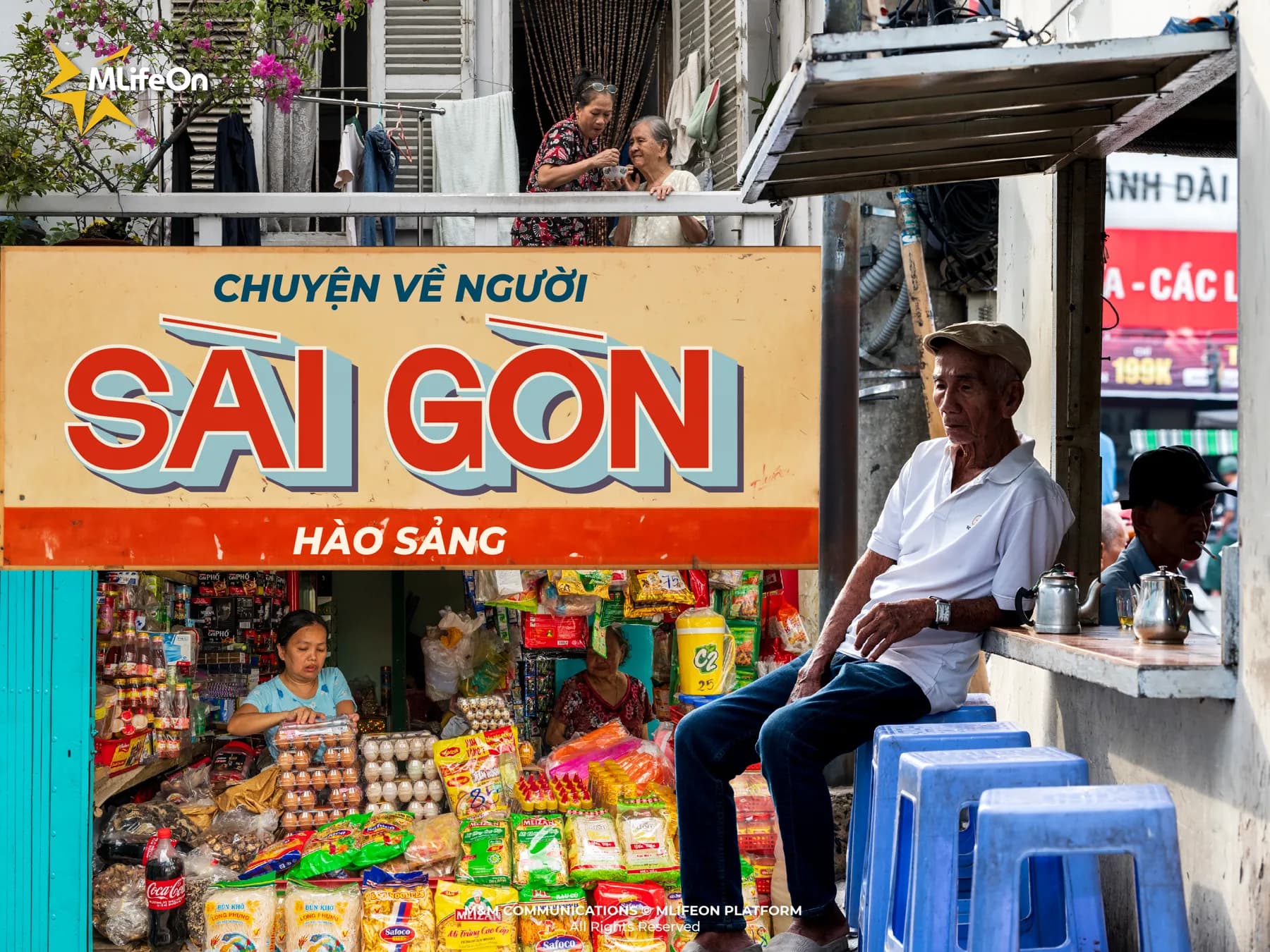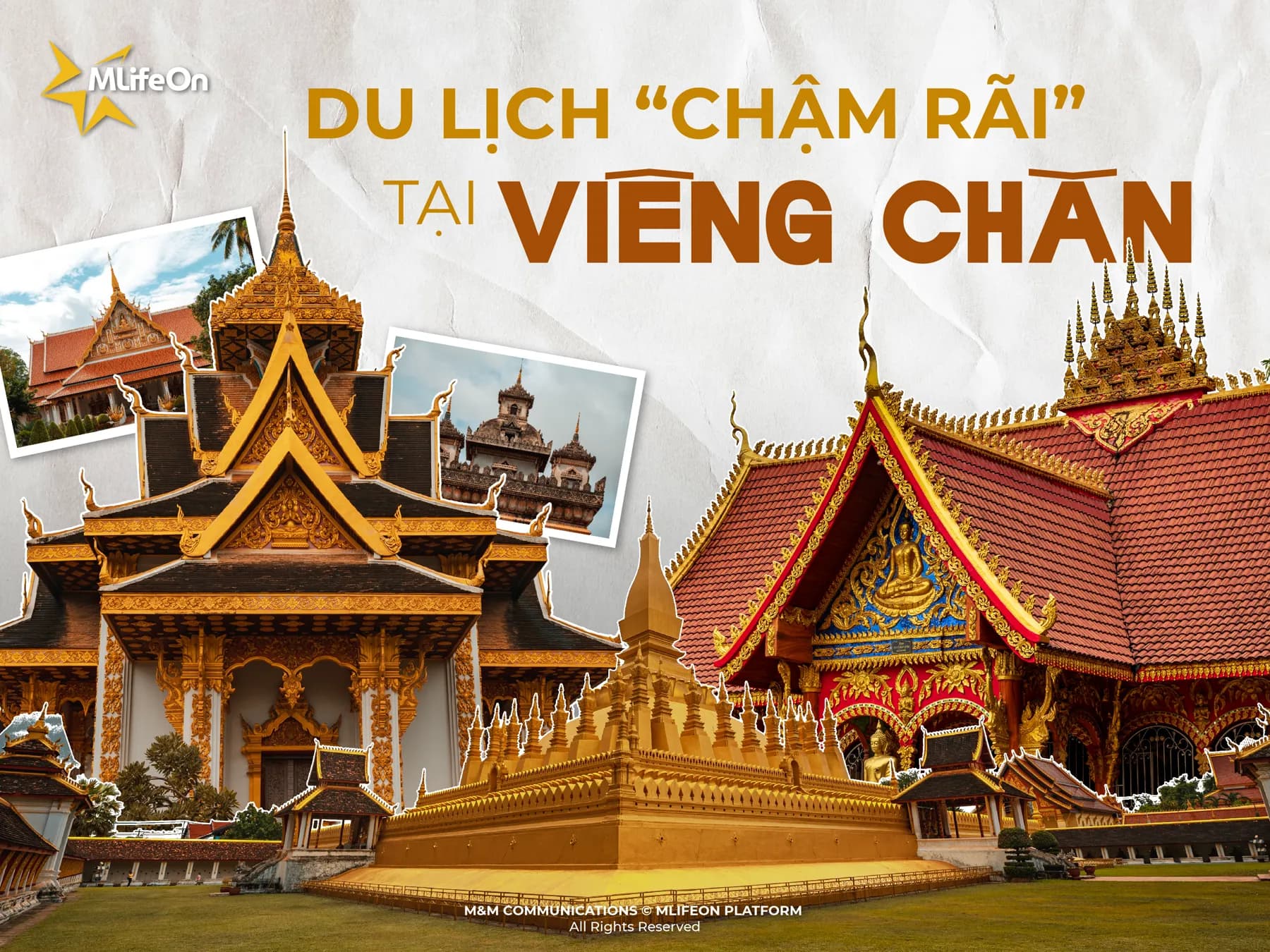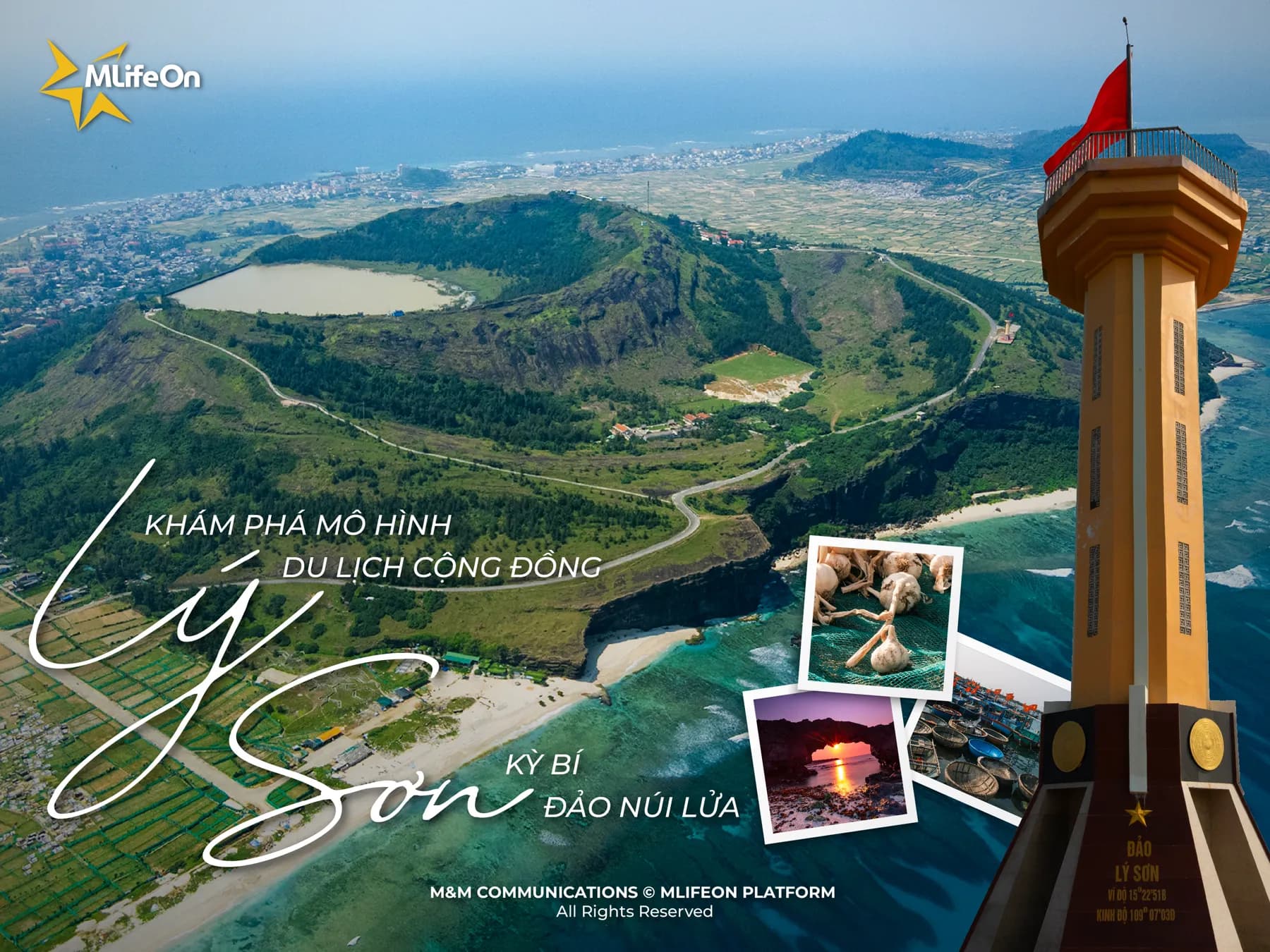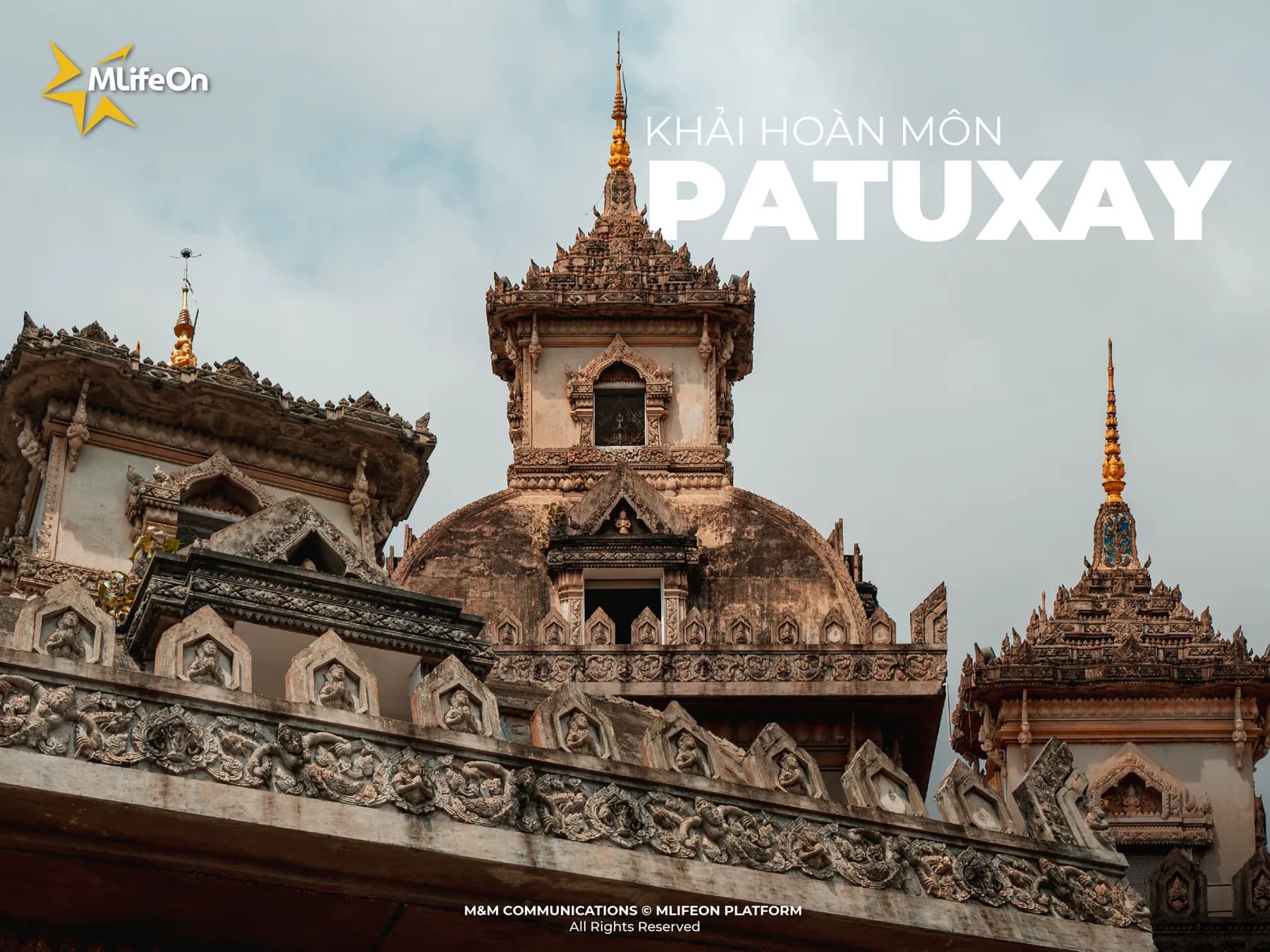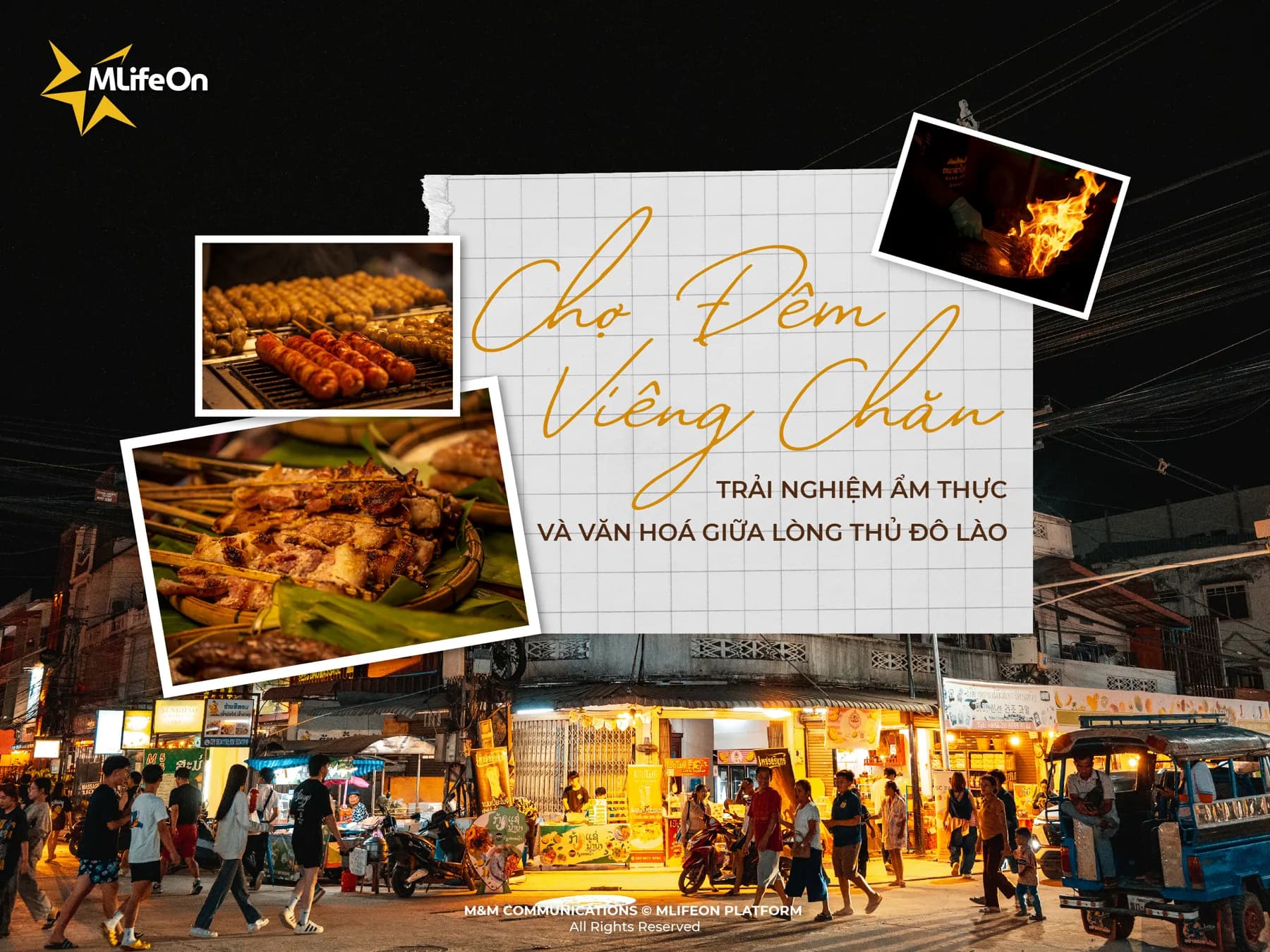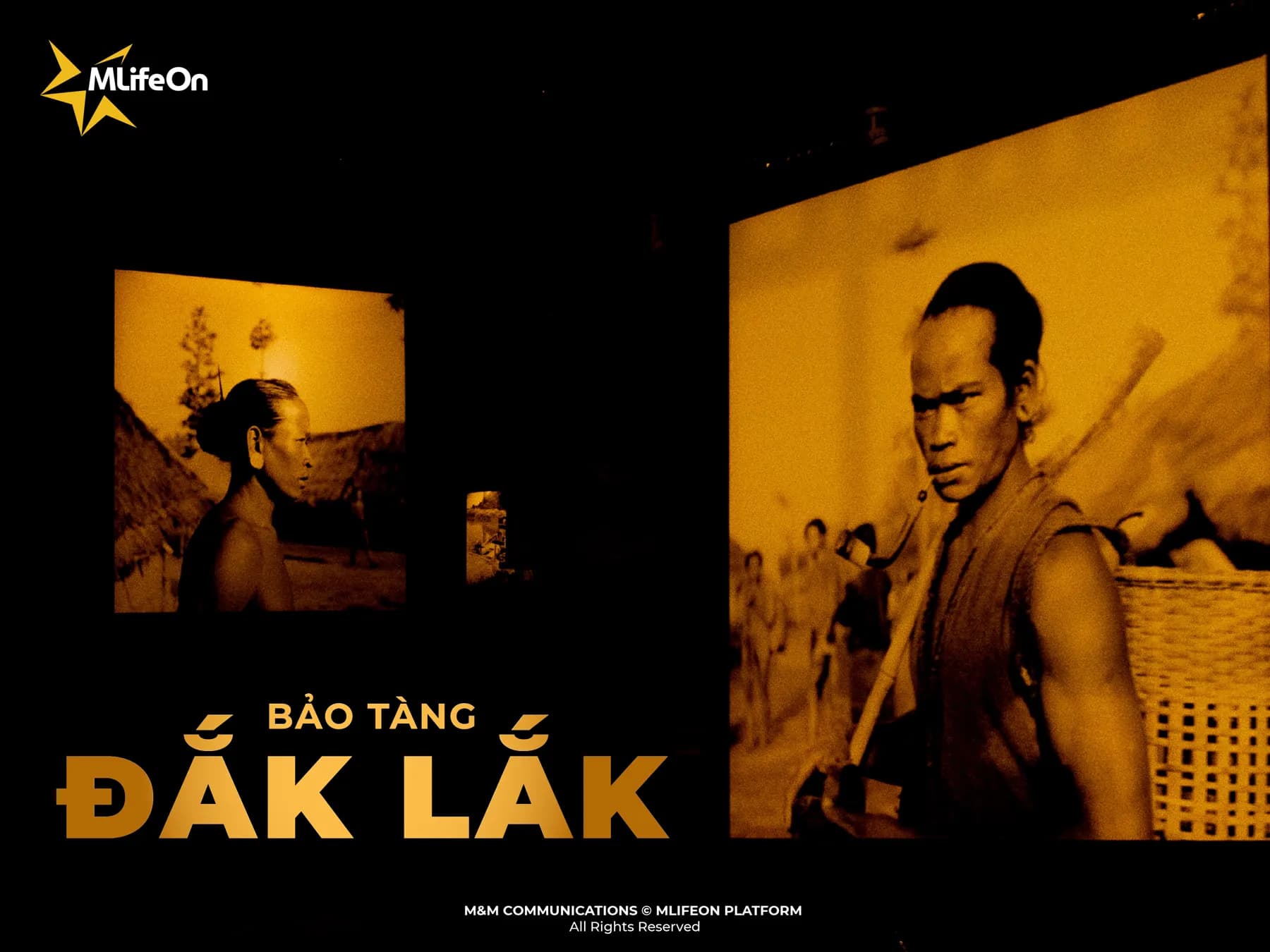If you have ever wished to get lost in a space imbued with the Asian spirit - from colors, lines to rhythm of life, then Dongxing, China is the place that will bring you that special experience.
A border touch
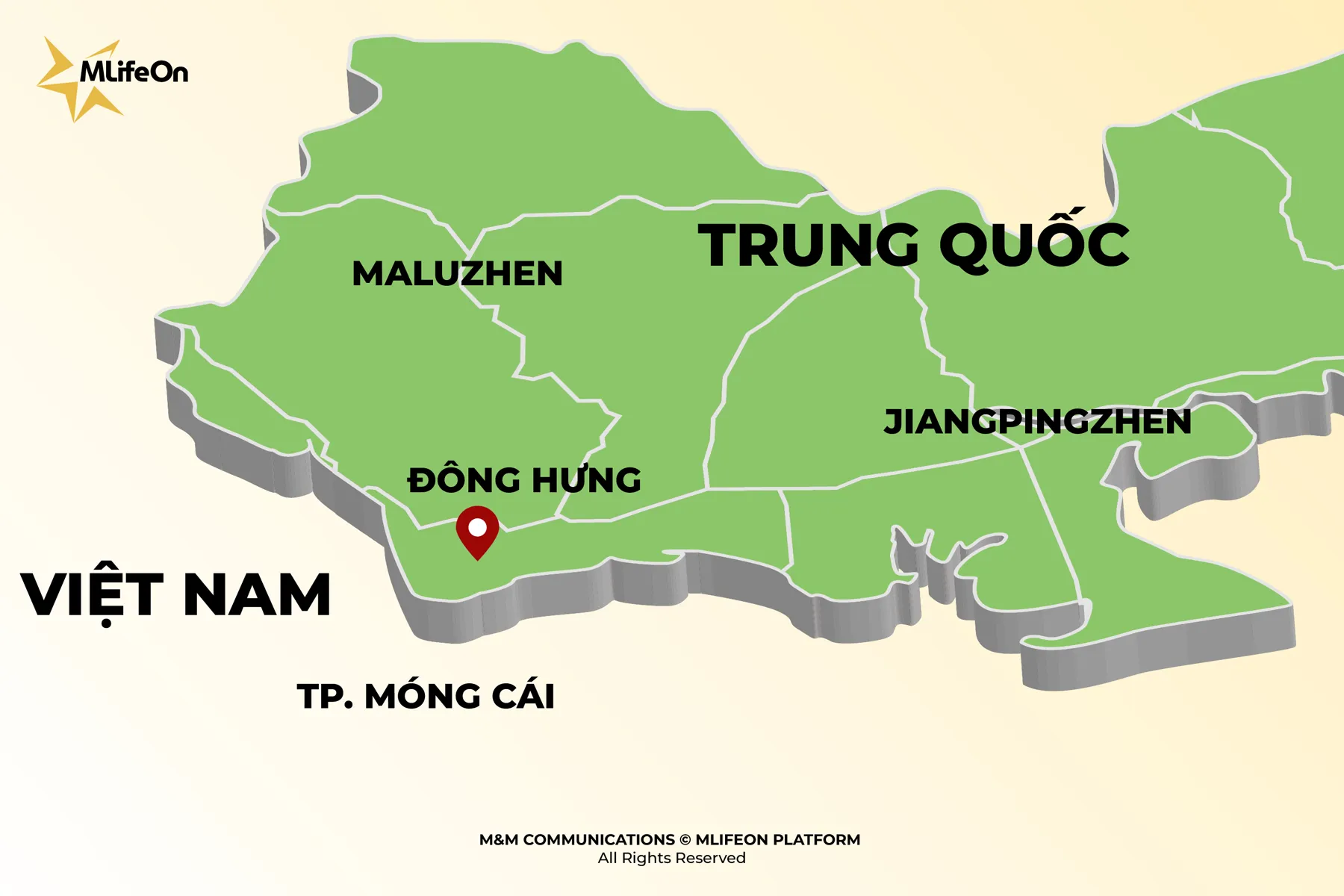
Belonging to Fangchenggang, Guangxi Province, China, Dongxing is located in the extreme southwest of China, bordering the east of Mong Cai, Quang Ninh Province. This beautiful destination is separated from Vietnam by a small river called Ka Long (called Bac Luan in China). Vietnamese people still call this place "Dongxing City" - because the scale of urbanization, commercial density and architecture here has far exceeded the concept of a county-level city (administrative unit in China).
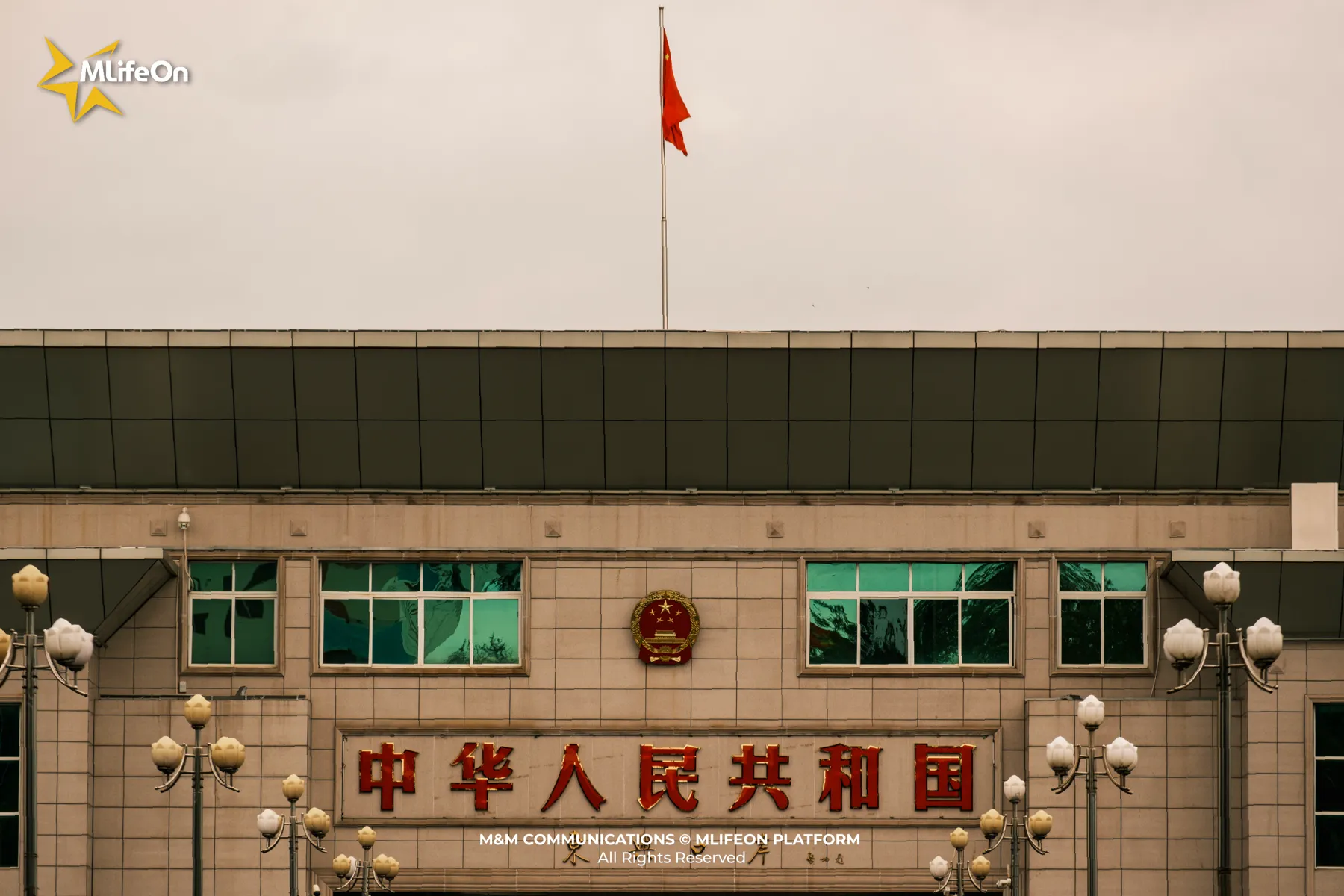

The urbanization scale, commercial density and architecture of Dongxing have far exceeded the concept of a county-level city in China.
As soon as I set foot in Dongxing, I felt like I was lost in an ancient painting: curved tiled roofs, red lanterns hanging in the middle of modern streets, wooden carved windows and dragon and phoenix motifs interspersed among new high-rise buildings, … every corner exuded an ancient yet modern look, making it impossible for me to take my eyes off.
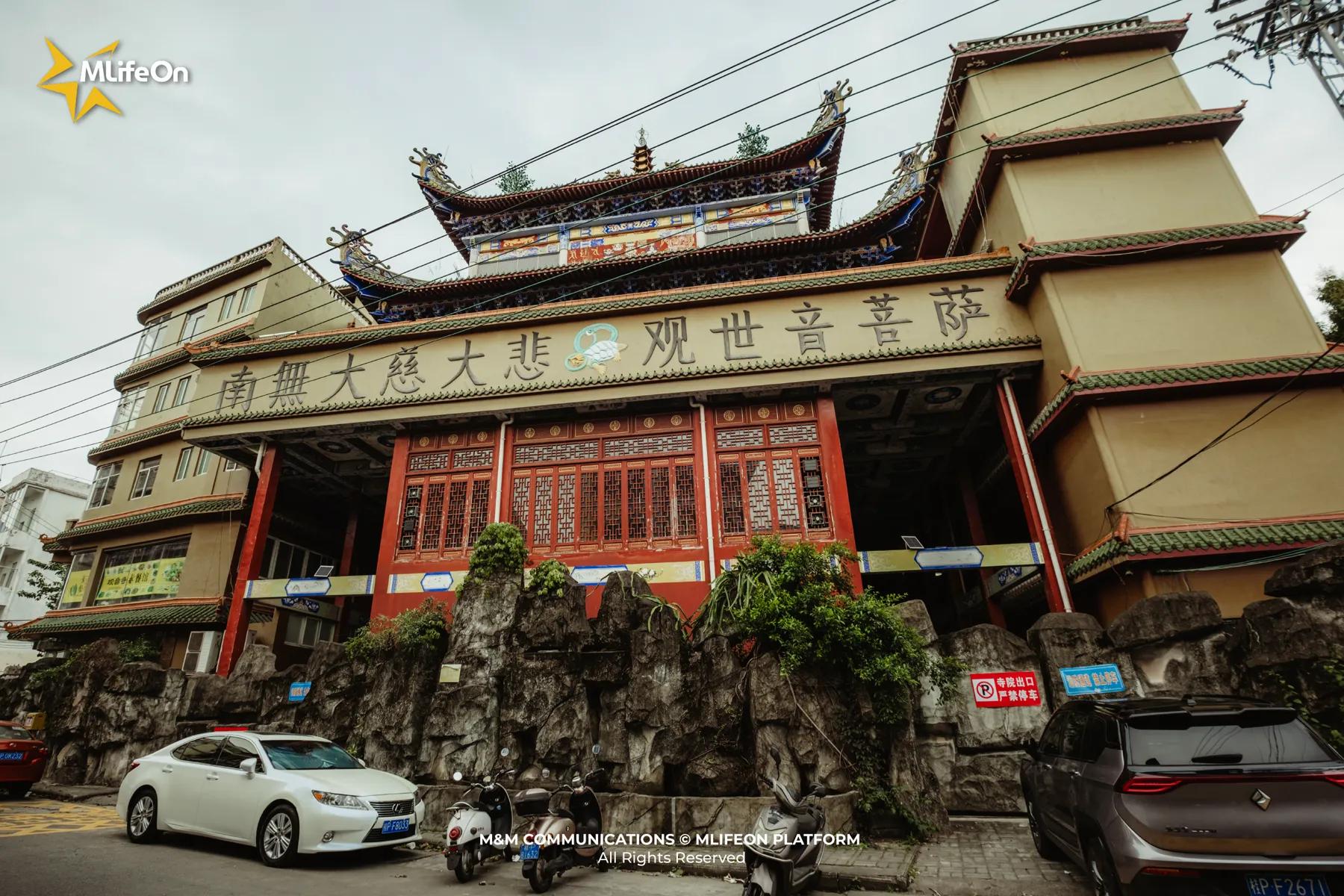
What attracts me are buildings that look modern but still have an ancient appearance.
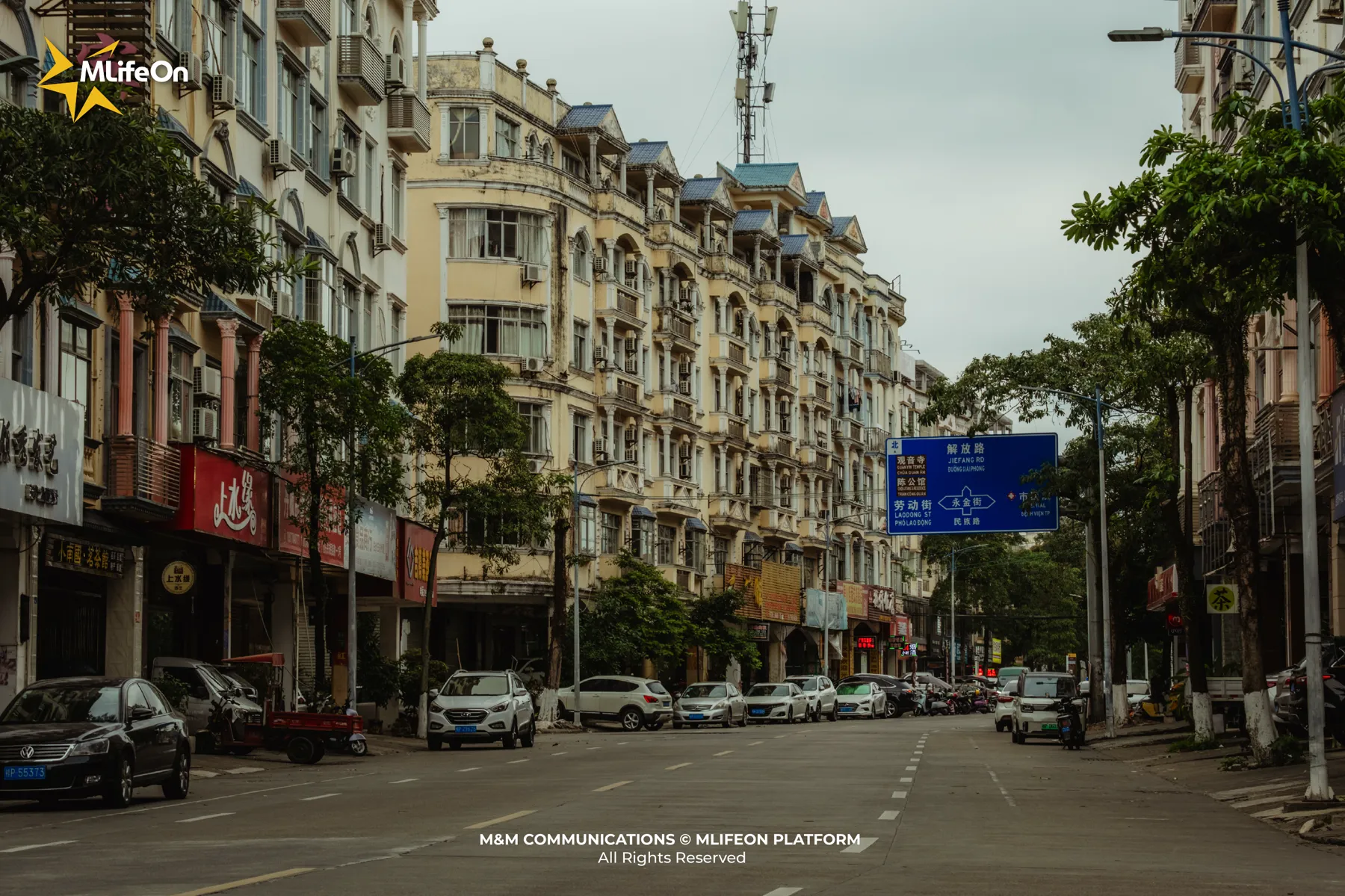
But the modernity of Dongxing cannot be denied.
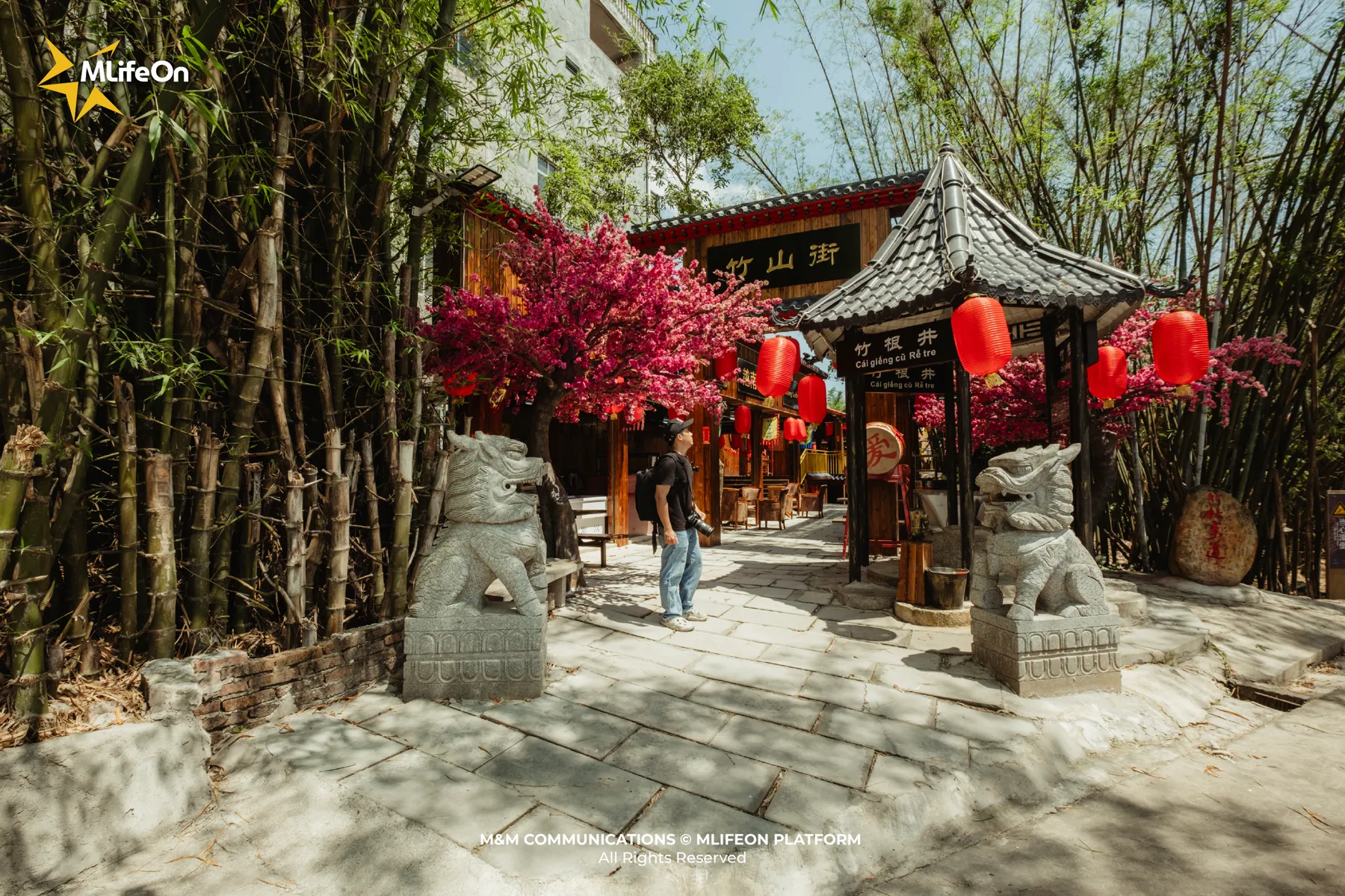
The Asian dream is re-enacted through each architectural block
Walking around Dongxing, one can easily come across neighborhoods with the appearance of ancient towns, but with modern design and synchronous planning. Commercial buildings, train stations, welcome gates, cultural centers, etc. all have a contemporary Chinese style: curved roofs, fake wooden columns, dragon and cloud patterns, highlighted by red - yellow - black tones.

modern planning, but the buildings here still have an ancient appearance
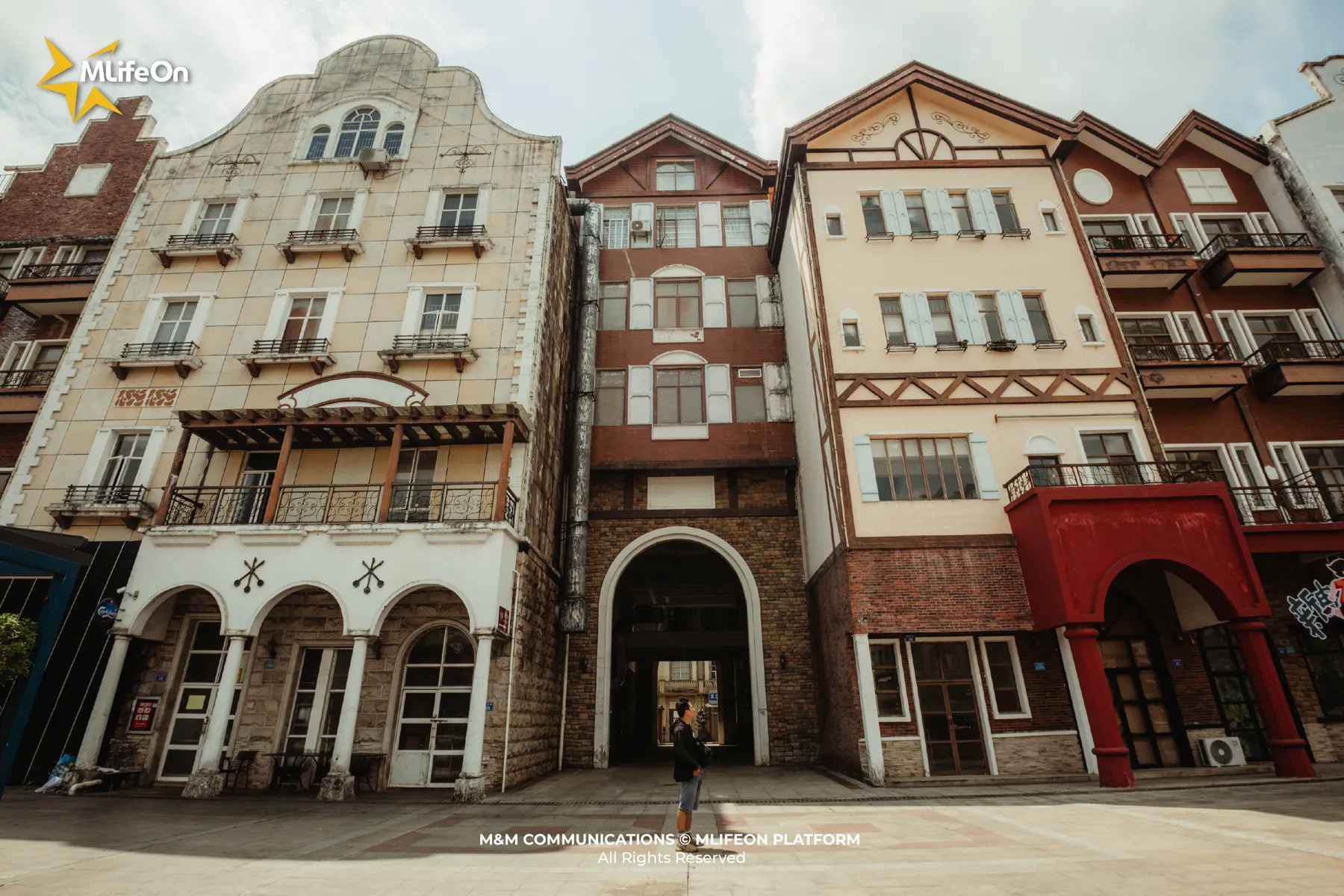
The prominent colors are red - yellow - black.
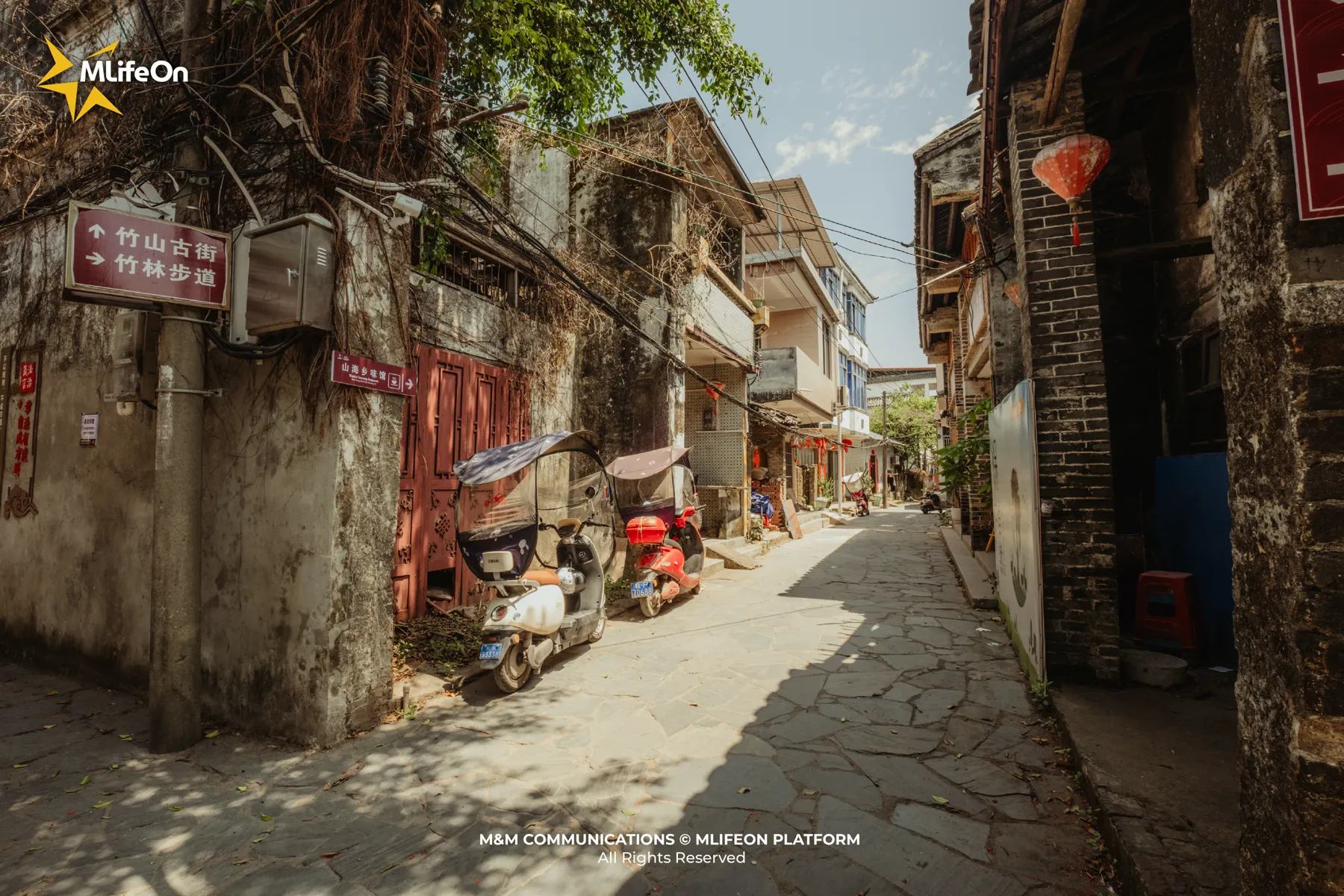
The beautiful stone paved corners

houses with bold Chinese architectural features
I stopped in front of houses with strong Chinese architecture, feeling as if I was lost in a film by Stephen Chow or Louis Koo.
From the architectural lines to the space, the rhythm of human life, ... everything made me feel like everything in Dongxing was staged - but that was inherently the daily rhythm of life in this border city.
A place to redraw history with modern life
This destination is not only beautiful, but also has a history of more than 400 years, starting from the Ming Dynasty, thriving in the Qing Dynasty, and officially becoming a Chinese border gate since the 1940s.
In 1958, Dongxing was recognized as a national first-class port of China, connecting China with Vietnam and ASEAN countries. By 1992, the city became an open border town - and from there, the Dongxing Economic Development Zone was formed, including Dongxing, Jiangping and Malu, with a total area of more than 549 km².

Dongxing and the appearance of a developing city at present
A border town but not at all bustling. Everything is modern, yet still retains a certain elegance: from the brick-paved streets to the carved stone benches, from the dragon-headed lampposts to the softly written Chinese characters on the doors of the houses.

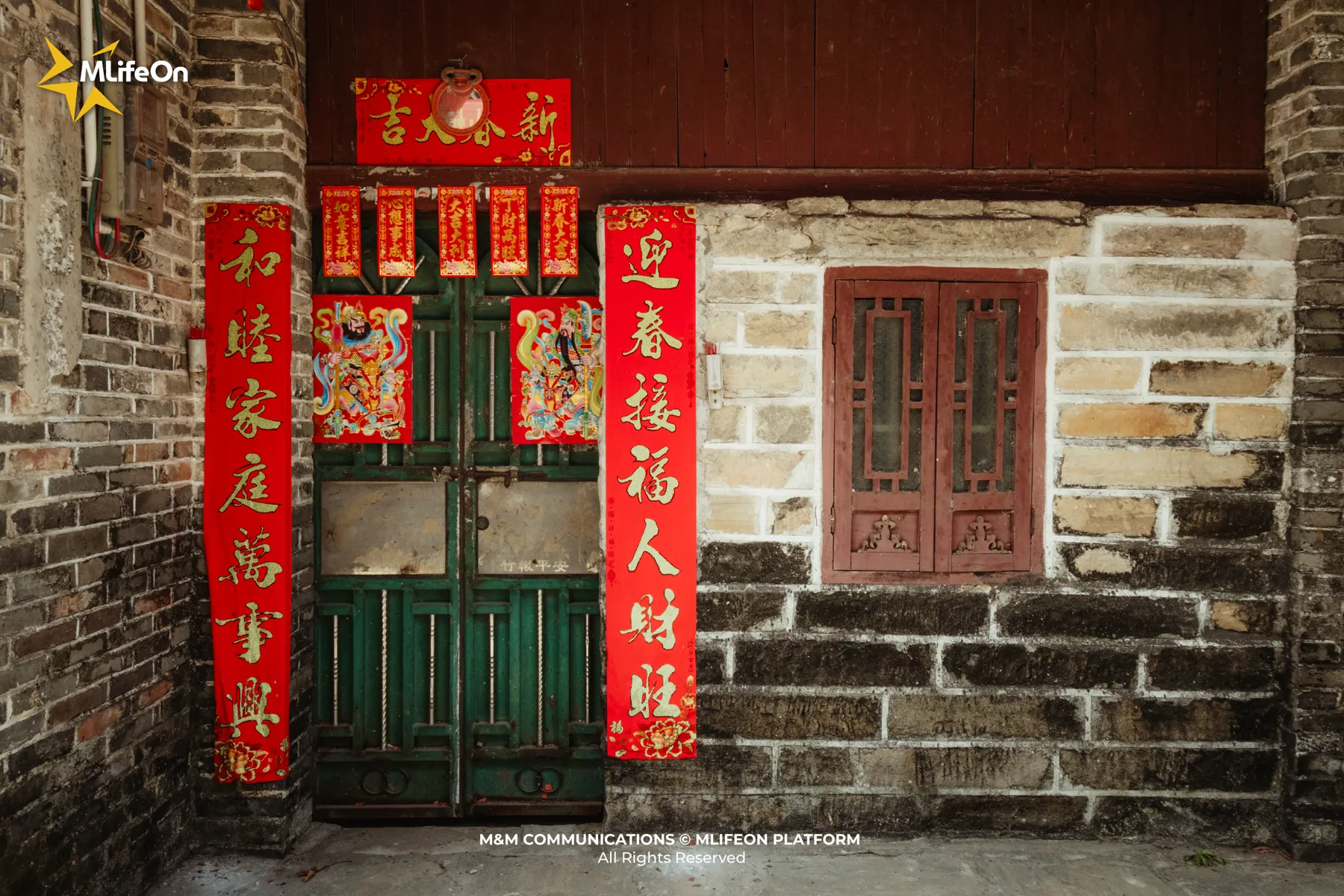
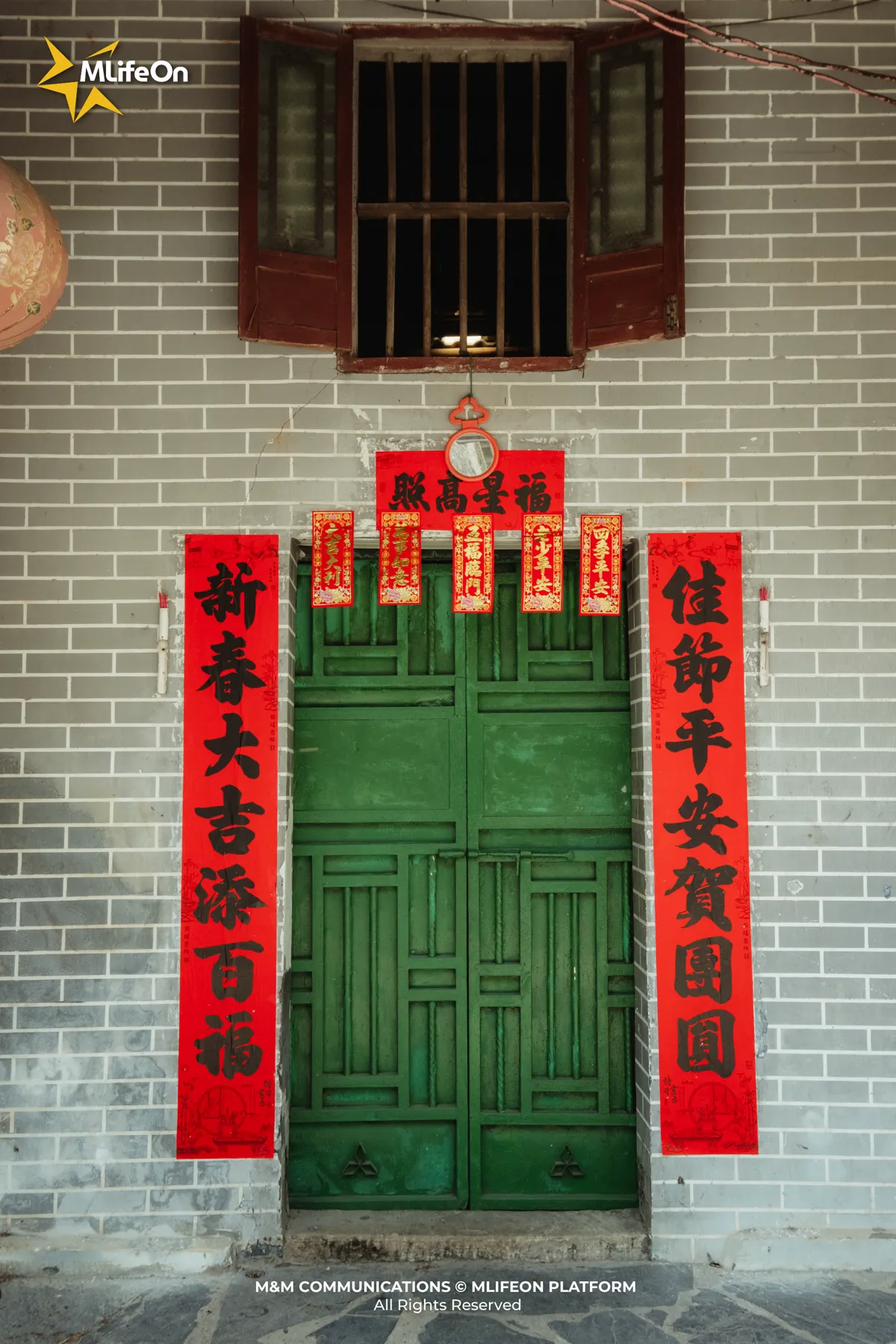
The diversity of residents and the vitality of the city
Dongxing is not only home to Han people, but also to Zhuang, Yao, Kinh and more than 11 other ethnic groups. It is the cultural diversity that has created a vibrant, profound, and special Dongxing: unlike any other Chinese city.
In Dongxing, the interaction with Vietnam is also clearly visible: from the use of Vietnamese in shops, to serving familiar menus to Vietnamese tourists - showing a land that both maintains its own identity and is open, friendly and welcoming.
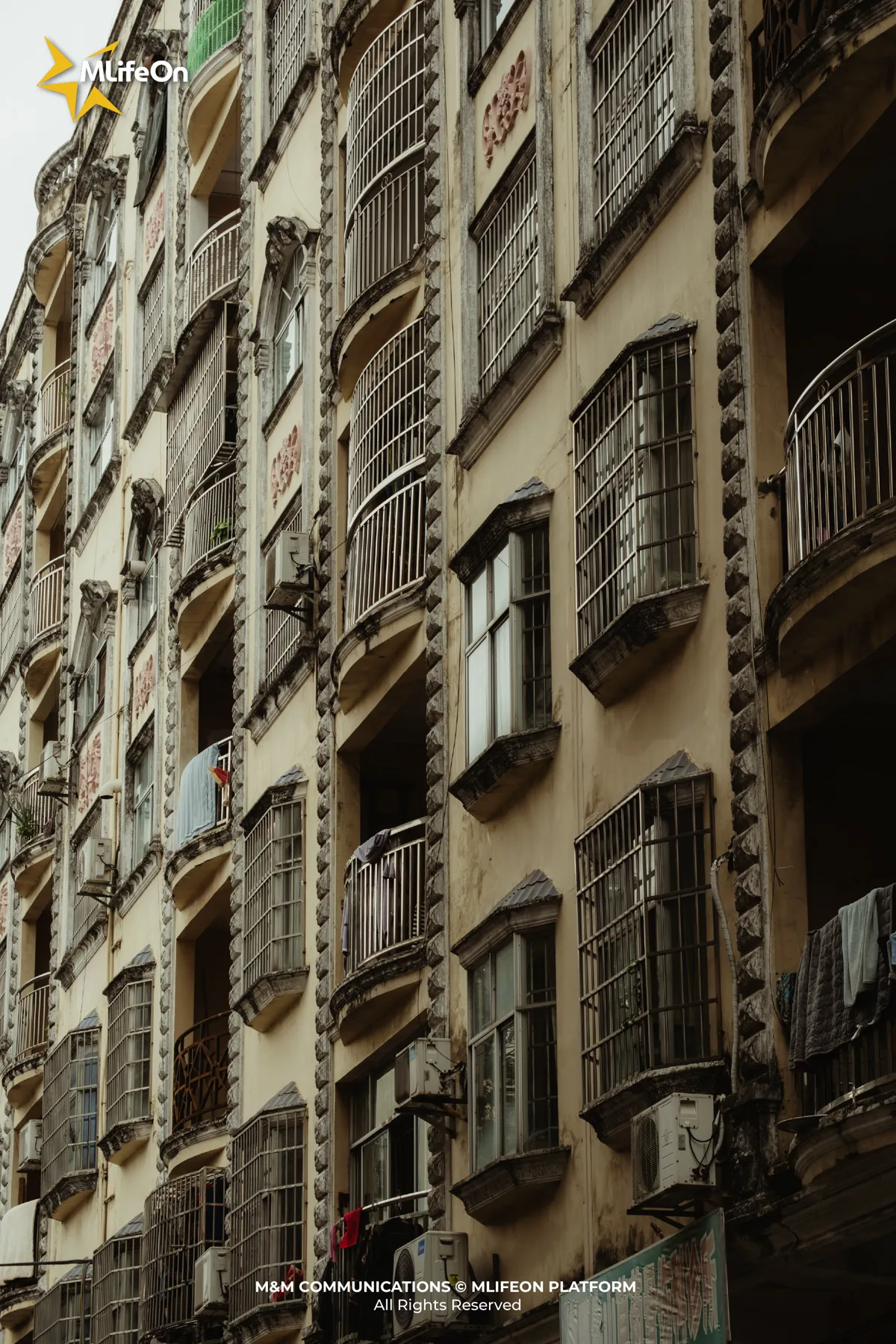
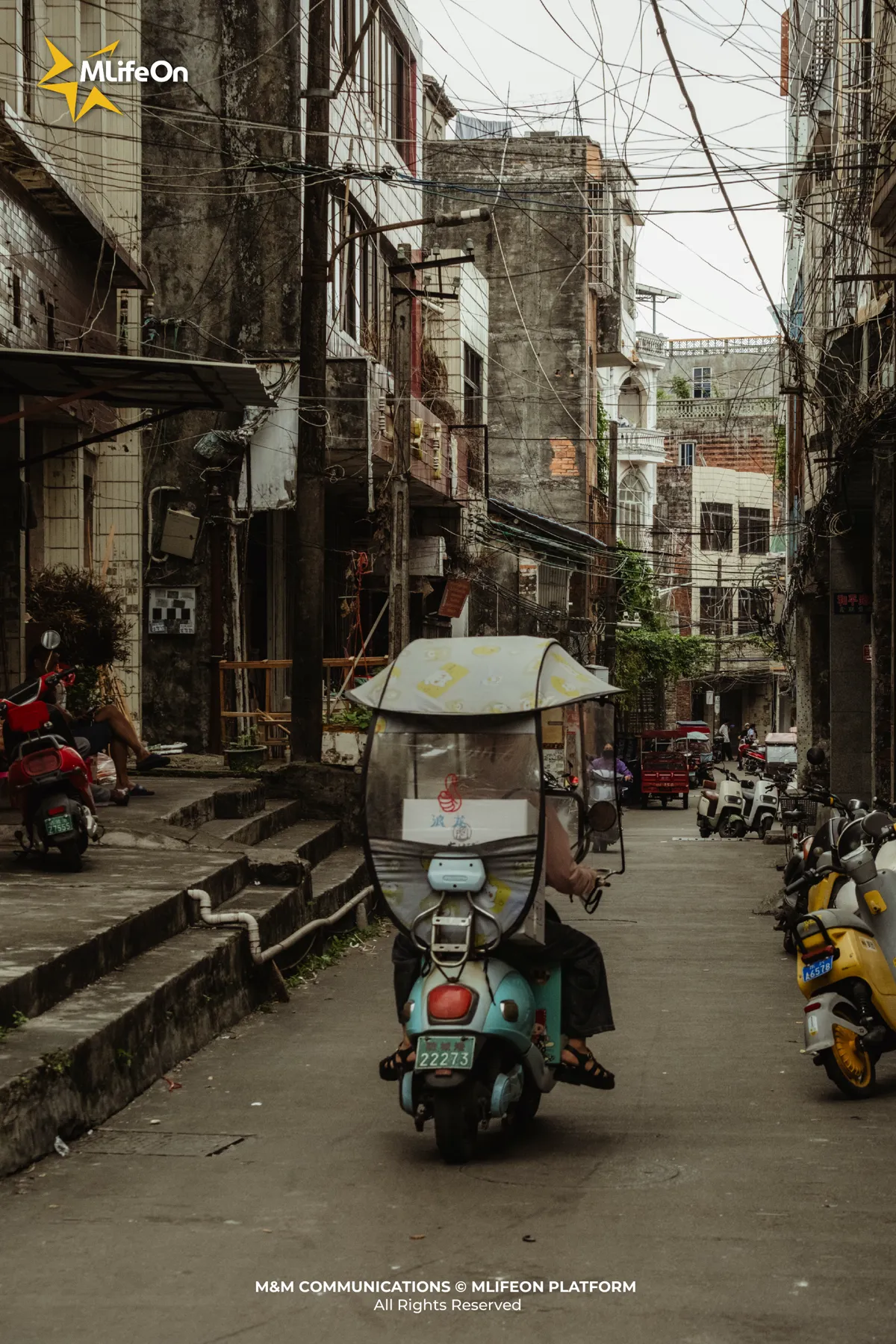
A destination - worth experiencing
If you are looking for a new experience, not too far away, no complicated visa required, but still different enough in terms of architecture, culture and atmosphere, then Dongxing is the ideal choice to refresh yourself.
From ancient style neighborhoods, to modern Chinese-style shopping centers; from stone-paved roads under the trees, to works expressing the Asian dream through design language, every step in Dongxing is like an artistic cinematic scene.
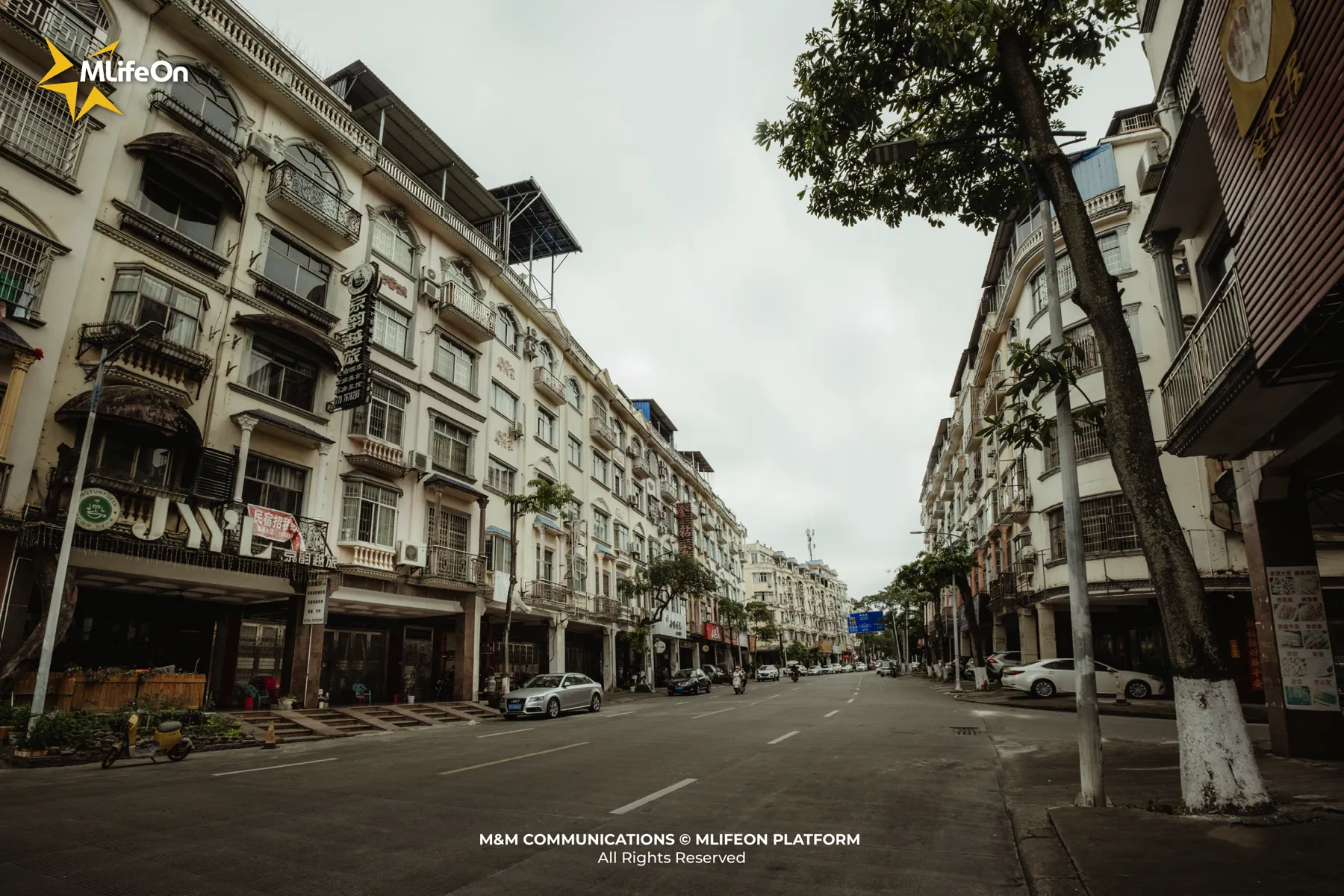
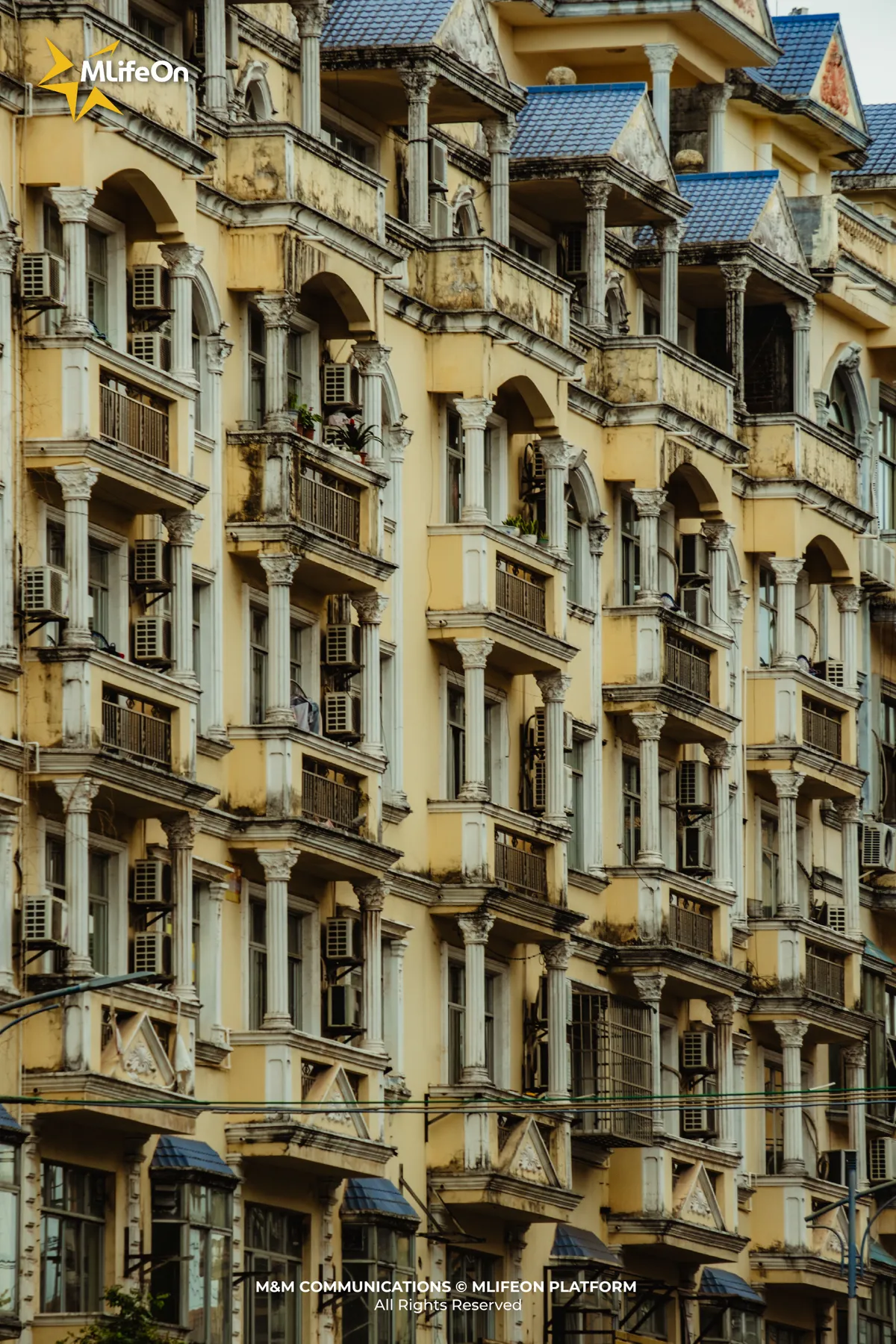
I walked through the gate of the neighborhood, watched the people passing by, and listened to the music coming from the tea shop. Without having to do anything, in Dongxing, people just need to stand still to feel like they are lost in a very different place - a place where cultural identities and Asian people intersect.
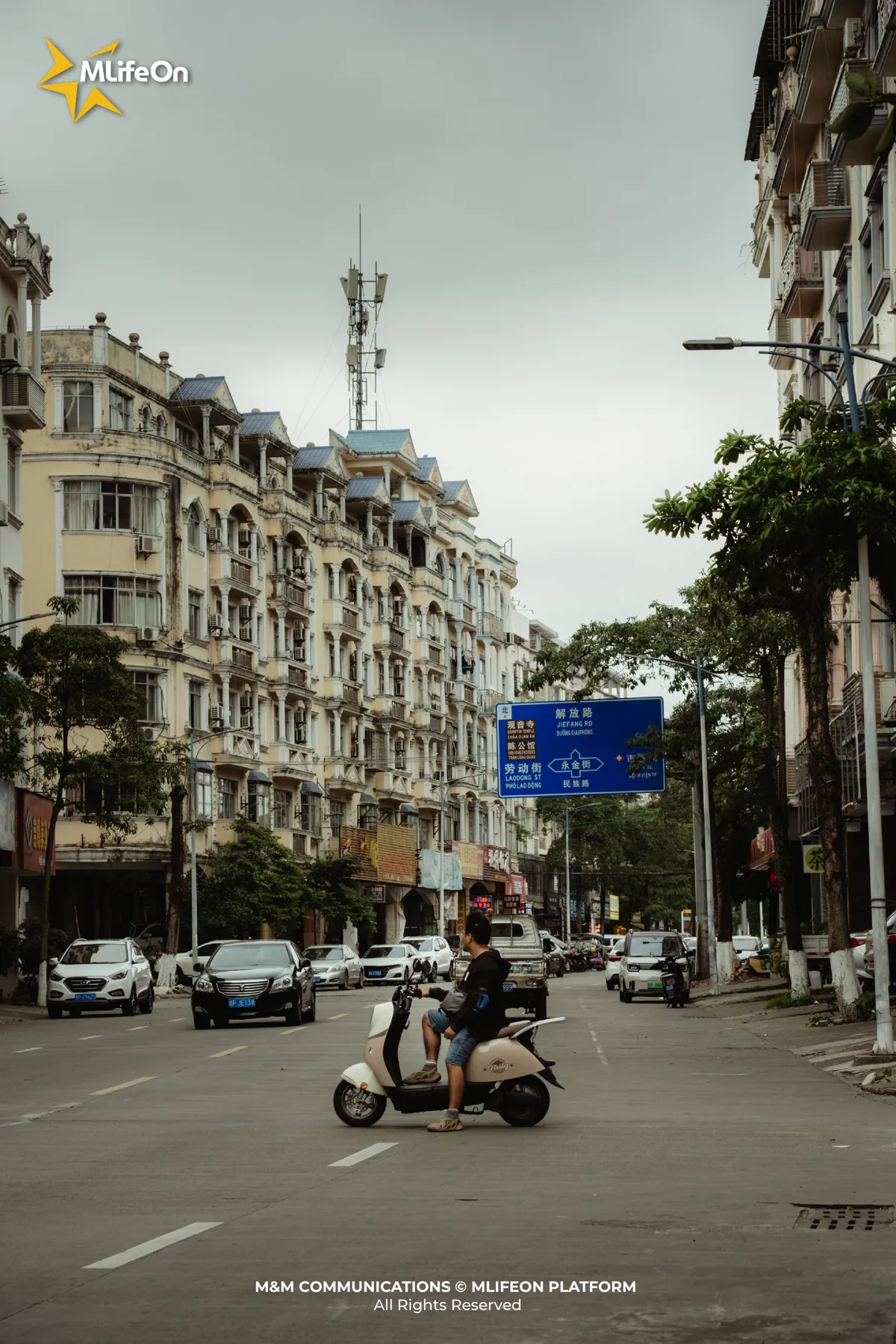

Conclusion: Dongxing, China - redrawing the Asian dream
In the midst of modern life, people sometimes seek out culturally rich spaces to find rest for their hearts. And on the border of the country, Dongxing appears as a place where the Asian dream is redrawn - not in the distant past, but in the brilliant present.
A vibrant city, both a new tourist destination and a door for visitors to see the depth of contemporary Chinese architecture and culture. Don't miss this place if you want a cinematic stroll.
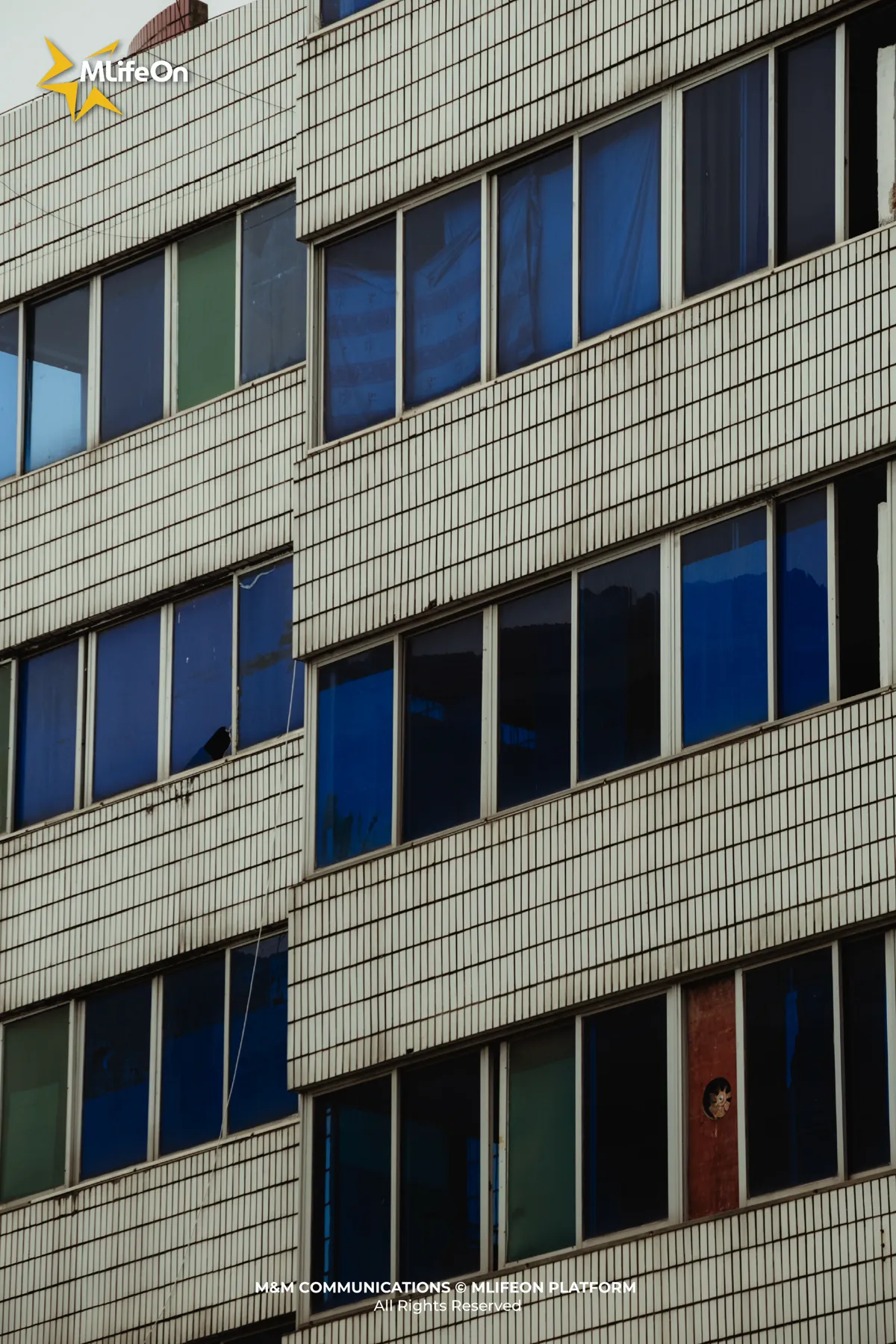

—--
CREDIT:
- Photography: Luan Nguyen
- Content: Giang Huynh
- Design: Bao Tram




